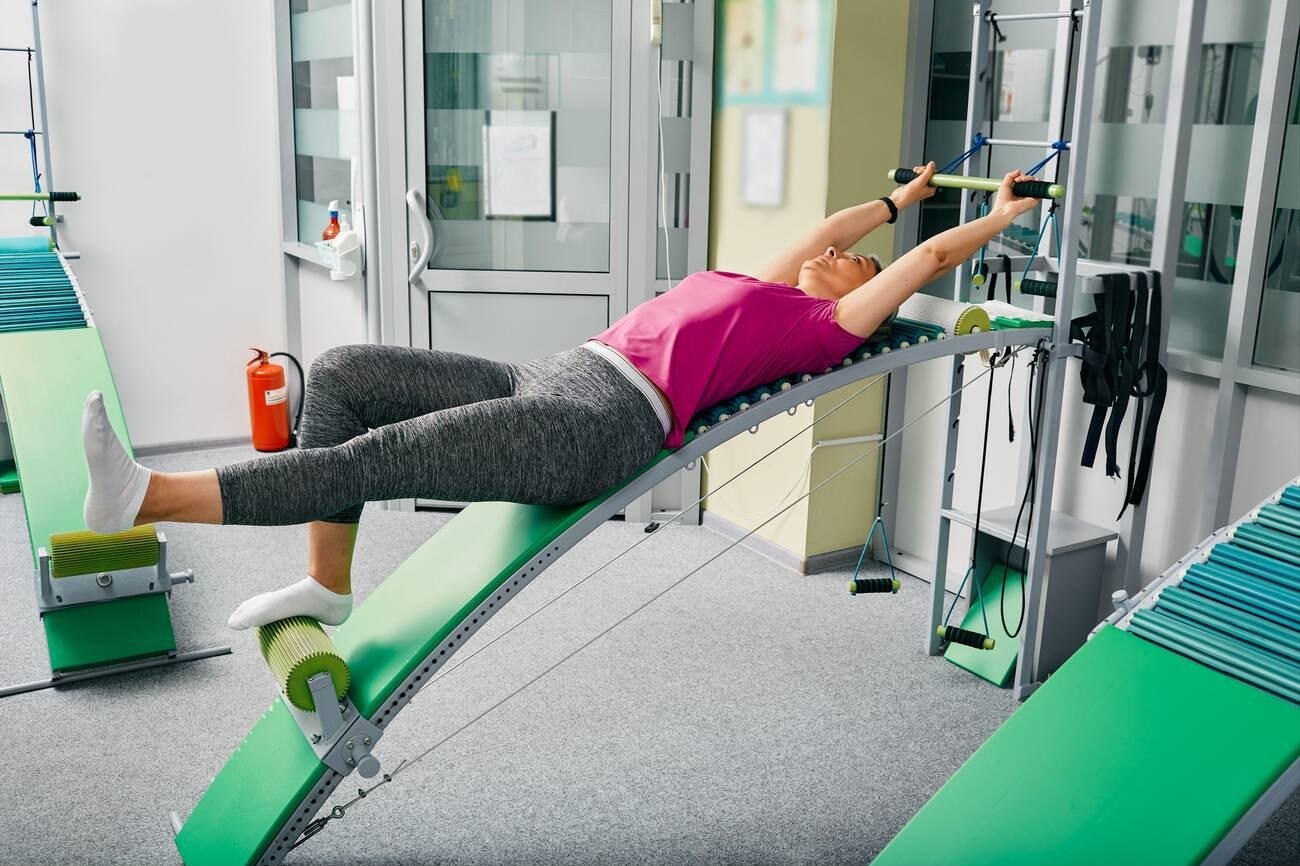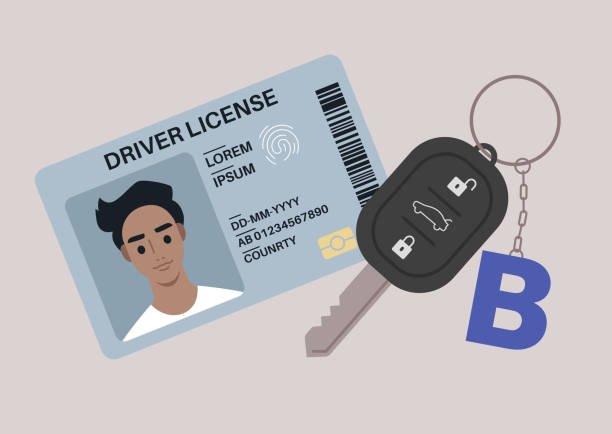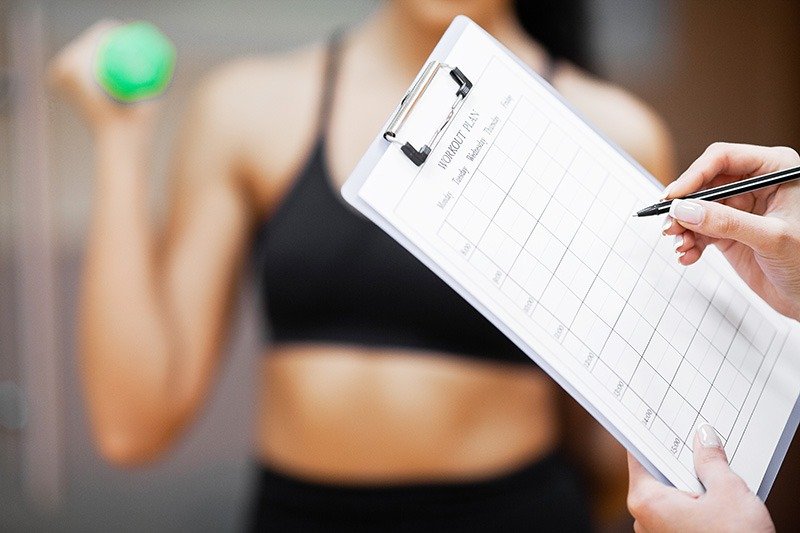Have you ever stopped to reflect on your posture? Have you considered the effect it might have not just on your physical appearance but also on your health and wellbeing? Poor posture can lead to a variety of health problems from back and neck pains to digestion issues and even cardiovascular problems. Today we delve into the realm of physiotherapy with a focus on improving your posture at home.
In the fast-paced world of today, maintaining perfect posture becomes a tall order. We often find ourselves hunched over computer desks, craning our necks over smartphones, and slouched in front of televisions. The cumulative impact of these habits often isn’t apparent until the discomfort sets in. Consequently, we find ourselves in search of remedies to alleviate these discomforts.
Physiotherapy emerges as a preferred option as it offers a multitude of exercises aimed at improving posture. We’ll explore some of these exercises in this blog post. We’ll not only explain their outcomes but also provide a detailed step-by-step guide on how to perform them at home. Suiting everyone, from the seasoned gym-goer to the work-from-home warrior, these essential exercises can assist in realigning your body to its natural position and strengthening the muscles that stabilize your back and neck.
Understanding Poor Posture: The Root Cause
In understanding what makes an effective physiotherapy posture-improving exercise, it is necessary first to comprehend what Favors poor posture. Lack of physical activity, inappropriate work ergonomics, and excessive use of electronic devices all contribute to setting postural imbalances. These conditions often manifest as increased curvature of the spine, slouched shoulders, and a jutting chin, collectively known as kyphosis.
A preventative approach such as physiotherapy can be instrumental in avoiding the risks associated with poor posture. Simple exercises aimed at lengthening your spine, opening your chest, and strengthening your core muscles can reverse these effects, resulting in improved posture, increased energy levels, and decreased discomfort in your daily living.
Sensitive to time constraints, we’ve curated a selection of physiotherapy exercises that you can do at home to foster an improved posture. Bear in mind that consistency is key, and these exercises ought to be incorporated into your daily routine for effective and lasting results.
Selection Of Standing Physiotherapy Exercises
Standing physiotherapy exercises are an excellent choice for those who spend a large part of their day on their feet. These exercises help improve balance, distribute body weight evenly, and build endurance. They contribute remarkably to correcting your posture by strengthening the network of muscles that support your spine.
Wall slides, squats, and calf raises are a few examples within this category. Ideally done in sets of 15-20, these exercises can significantly enhance spinal mobility, lower body strength, and core stability. Allowing you the flexibility to perform them at any time of your day, you can integrate these exercises into your routine gradually, starting with fewer sets, and then progressing to more.
Choicest Sitting Physiotherapy Exercises
Sitting exercises are key to battling the slouch. These exercises are designed for those committed to a desk job and are aimed at combating the effects of prolonged sitting. Strengthening your back muscles, opening your chest, and engaging your core, these exercises battle the slump with grace.
Exercises like chair yoga poses, seated leg raises, and torso twist are perfect for quick breaks between work. By maintaining a regular regimen, you’ll better manage your posture and mitigate the adverse effects of prolonged sitting, enhancing your focus and productivity.
Stretches To Ease Into The Day And Night
Regular stretching is vital for maintaining a healthy, robust posture. Simple stretching exercises including forward bends, chest expanders and cat-camel stretches, can enhance flexibility, loosen tight muscles, and provide immediate relief from stiffness and pain.
Morning stretches set the tone for the day, awakening your muscles and stimulating blood circulation. Evening stretches are equally beneficial, helping your body wind down and slip into restful sleep. Incorporating these stretches into your routine can work wonders in improving your overall posture.
Pros Of Diy Physiotherapy
DIY physiotherapy is an excellent, cost-effective method of improving your posture. It allows you the convenience and flexibility to exercise at your own pace and in the comfort of your home. However, executing exercises with improper form, or straining beyond your capability can risk injury.
If you’re new to these exercises, consider investing in a few sessions with a licensed physiotherapist to learn the correct form. Ultimately, the pros of home-based posture exercises outweigh the cons, lending itself as an indispensable tool in your fitness arsenal.
Conclusion
Physiotherapy exercises stand as an empowering tool in our hands, enabling us, one stretch at a time, to reclaim our posture and subsequently, our health. The beauty of these exercises lie in their simplicity and adaptability – they can be done anywhere, anytime and takes only minutes out of your day.
Remember that good posture is not merely about standing tall; it’s about reinforcing the healthier, happier you. Don’t let the strains of everyday life weigh down on you. Stand tall, stretch often, and weave these exercises into the fabric of your daily routine. No magic wands, no overnight transformations, just targeted exercises every day, with unwavering consistency. Because your good health and perfect posture are indeed worth the effort.



